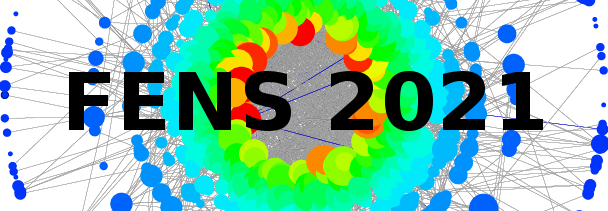Speaker
Description
We review a number of basic stylized facts of the interbank market that have
emerged from the empirical literature over the last years. Our objective is to explain these
findings as emergent properties of dynamic agent-based model of the interaction within the
banking sector. To this end, we develop a simple dynamic model of interbank credit
relationships. Starting from a given balance sheet structure of a banking system with a
realistic distribution of firm size, the necessity of establishing interbank credit connections
emerges from idiosyncratic liquidity shocks. Banks initially choose potential trading partners
randomly, but form preferential relationships via an elementary reinforcement learning
algorithm. As it turns out, the dynamic evolution of this system displays a formation of a
core-periphery structure with mostly the largest banks assuming the roles of money center
banks mediating between the liquidity needs of many smaller banks. Preferential interest rates
for borrowers with strong attachment to a lender prevent the system from becoming
extortionary and guarantee the survival of the small periphery banks.

